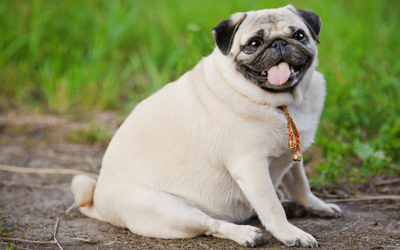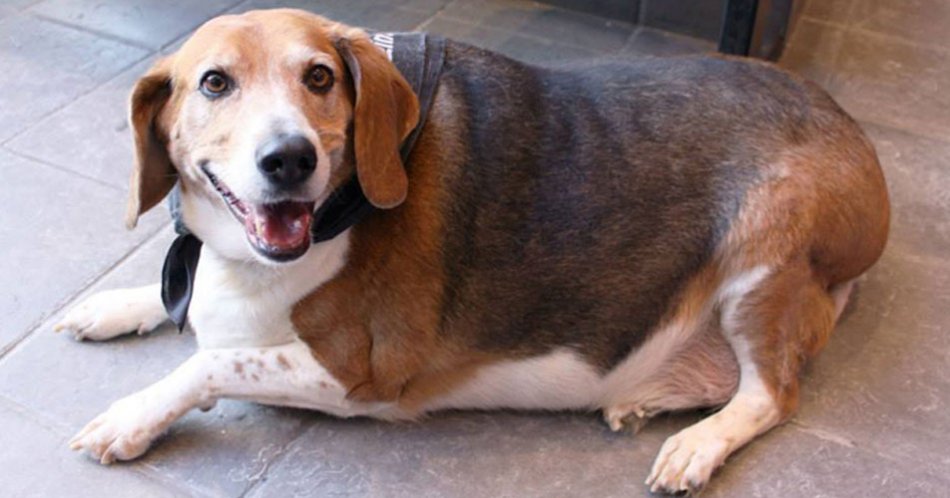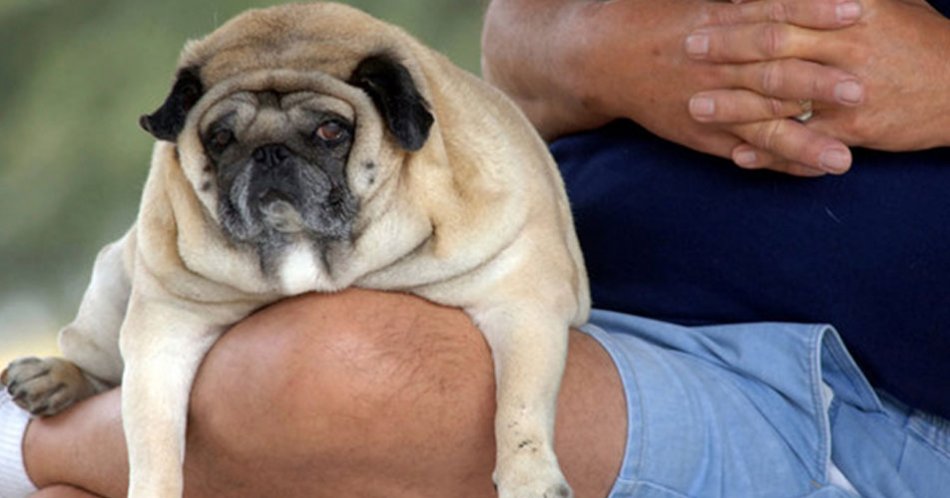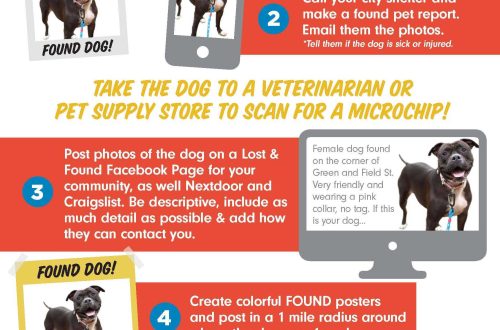
Obesity in dogs
Obesity in dogs is a disease characterized by the accumulation of excess body fat. Dogs that eat a lot and move little are most susceptible to obesity.
Contents
Why is obesity in dogs dangerous?
Obesity is dangerous with quite serious consequences, up to a reduction in life expectancy. It also contributes to the development of a number of diseases:
- Asthma.
- Pancreatitis.
- Osteoarthritis (damage to the cruciate ligaments, dysplasia).
- Fat metabolism disorders.
- Eye diseases.
- Blood pressure disorders.
- Cancer of the reproductive system.
- Cardiovascular diseases.
- Cushing’s syndrome.
- Renal failure.

Photo: obese dog
Causes of obesity in dogs
- Improper feeding (without taking into account the energy needs of dogs). For example, too plentiful feeding with a high fat content or feeding without restrictions at all.
- Treating a dog with leftover human food. It’s so hard to refuse this starving creature with round pleading eyes!
- Lack of physical activity.
- Castration and sterilization. These procedures reduce the metabolic rate, change metabolism, affect the level of estrogens and androgens (female and male sex hormones).
- genetic predisposition. Some breeds are more likely to be obese than others. At risk: Labradors, Dachshunds, Collies, Cocker Spaniels, Bulldogs, Beagles, Pugs, Cavalier King Charles Spaniels, Bernese Mountain Dogs, Cairn Terriers.
- Age. Older dogs (over 6 years old) are more prone to obesity.
- Medications that affect the appetite and metabolism of dogs. These are benzodiazepines, barbiturates, glucocorticoids.
- Diseases: Cushing’s disease, diseases of the pituitary and pancreas, hypothyroidism.

Photo: obese dog
Obesity Symptoms in Dogs
- excess adipose tissue.
- Increase in body weight.
- Inactivity (the dog does not want or is unable to actively move).
- Dyspnea.
How to determine the dog’s condition
Diagnosis of obesity includes weighing the dog and assessing the general condition of the body. The veterinarian examines the dog, probing the ribs, lower back, head and tail. Then compares the results with the breed standard.
- Exhaustion. The dog weighs 20% less than normal. The spine, ribs, pelvic bones are clearly visible (in short-haired dogs). Muscle mass is not enough. Fat deposits around the chest are not groped.
- Below the norm. The dog weighs 10 – 20% less than normal. You can see the ribs, pelvic bones, spinous processes of the vertebrae. The waist is clearly defined. Fat deposits around the chest are not groped.
- Optimal weight. The ribs are not visible, but are easily palpable. Waist is visible. In the chest area, you can feel a thin layer of adipose tissue.
- Above the norm. The dog weighs 10 – 20% more than normal. The ribs and vertebrae are hardly palpable. The waist is not visible. Fat deposits are clearly visible along the spine and near the base of the tail.
- Obesity. The dog weighs 40% more than normal. Fat deposits are clearly visible on the chest, at the base of the tail and along the spine. The belly sags.
Treatment of Obesity in Dogs
The main treatment for obesity in dogs is weight loss.1. Compilation of a balanced diet, taking into account the individual characteristics of the dog. Formula for estimating the energy requirement to maintain optimal weight:MER (kcal) u132d (body weight – kg) x 0,75 x 15 kcal per day. That is, if a dog weighs 937 kg, then on average it needs 2 kcal per day to maintain optimal body weight. However, keep in mind that this is only a rough estimate, as each dog’s metabolism is unique. 3. Exclusion from the diet of sweet, starchy and fatty foods.4. Maximum reduction in consumption of cereals.20. Reducing the volume of the diet. If you reduce the volume of the dog’s diet by 25 – 1%, you can achieve a smooth weight loss of 2 – 1% in 5 week.6. If your dog eats dry food, choose foods that are low in fat and protein.7. Gradually increase physical activity. Start with calm long walks and gradually increase the time and intensity, monitoring the general condition of the dog.XNUMX. An extreme measure is the use of drugs to reduce appetite and reduce the digestibility of fats. However, such drugs are prescribed only by a veterinarian. Self-medication can only harm the health of the dog.
Do not forget that the main principle is consistency and gradualness.





